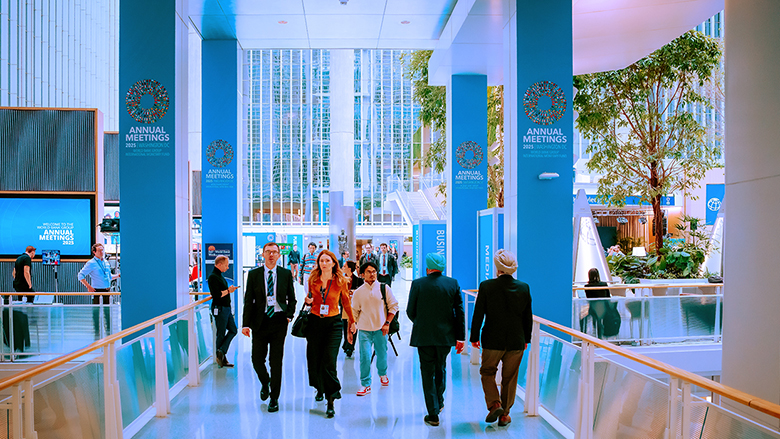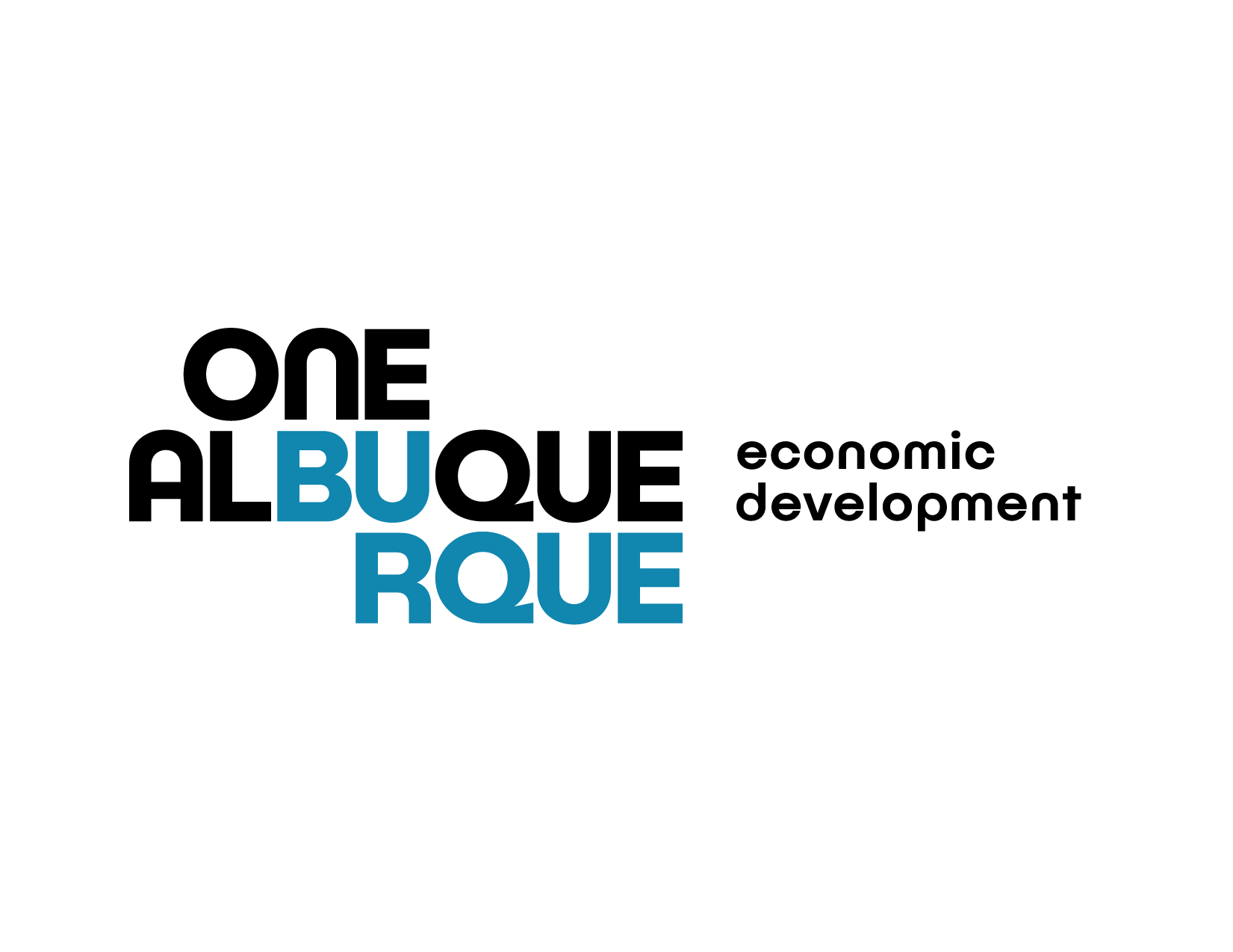Strategic Shift Towards Ecosystem-Based Development for SDG Acceleration
Adoption of a Holistic, Ecosystem-Based Funding Model
A significant strategic reorientation was announced during the recent Annual Meetings, marking a departure from traditional funding mechanisms. This new approach was established as the central theme for all discussions and events.
- Transition from financing singular, isolated projects.
- Adoption of a comprehensive model supporting entire economic ecosystems.
- Prioritization of systemic interventions designed to generate employment across whole sectors, thereby advancing the 2030 Agenda for Sustainable Development.
Alignment with Sustainable Development Goals (SDGs)
This new, holistic approach is intrinsically linked to the advancement of several key Sustainable Development Goals (SDGs) by creating integrated and sustainable economic impact.
- SDG 8: Decent Work and Economic Growth: The primary objective is to stimulate widespread job creation by supporting entire sectors, fostering sustained, inclusive, and sustainable economic growth and productive employment for all.
- SDG 9: Industry, Innovation and Infrastructure: By supporting entire ecosystems, the strategy aims to build resilient infrastructure, promote inclusive and sustainable industrialization, and foster innovation on a systemic level.
- SDG 1: No Poverty: The creation of stable, sector-wide employment opportunities is a direct and powerful mechanism for poverty eradication in all its forms everywhere.
- SDG 17: Partnerships for the Goals: This strategic pivot represents a strengthened commitment to global partnerships for sustainable development, mobilizing financial resources to support the achievement of the SDGs through a more effective and integrated framework.
SDGs Addressed in the Article
SDG 8: Decent Work and Economic Growth
- The article’s central theme of implementing a “new, holistic approach” aimed at “supporting entire economic ecosystems to create jobs across whole sectors” directly aligns with SDG 8. This goal focuses on promoting sustained, inclusive, and sustainable economic growth, as well as full and productive employment for all. The shift in strategy described is a direct effort to foster job creation and economic development on a systemic level.
SDG 9: Industry, Innovation and Infrastructure
- The strategy of supporting “entire economic ecosystems” and “whole sectors” is intrinsically linked to SDG 9. This approach moves beyond isolated projects to foster comprehensive industrial development, which requires building resilient infrastructure, promoting inclusive and sustainable industrialization, and encouraging innovation within these ecosystems.
SDG 17: Partnerships for the Goals
- The article, originating from the World Bank’s Annual Meetings, discusses a “major shift in our approach” to funding. This highlights the critical role of global financial institutions and partnerships in achieving sustainable development. The new funding model represents a strengthened means of implementation, which is the core focus of SDG 17, particularly in mobilizing financial resources for developing countries.
Specific SDG Targets Identified
Targets for SDG 8: Decent Work and Economic Growth
-
Target 8.2: Achieve higher levels of economic productivity through diversification, technological upgrading and innovation.
- The article’s focus on supporting “entire economic ecosystems” and “whole sectors” implies a move towards strengthening value chains and fostering innovation, which are key drivers of economic productivity as outlined in this target.
-
Target 8.3: Promote development-oriented policies that support productive activities, decent job creation, entrepreneurship, creativity and innovation.
- This target is directly addressed by the article’s stated goal “to create jobs across whole sectors.” The shift from funding “single, isolated projects” to a “holistic approach” is a development-oriented policy designed to stimulate job creation and productive activities on a larger scale.
Targets for SDG 9: Industry, Innovation and Infrastructure
-
Target 9.2: Promote inclusive and sustainable industrialization.
- By supporting “whole sectors,” the new approach aims to boost industrial capacity and its share of the economy, which is the central aim of this target.
-
Target 9.3: Increase the access of small-scale industrial and other enterprises… to financial services… and their integration into value chains and markets.
- Supporting an “entire economic ecosystem” inherently involves improving access to finance and market integration for all enterprises within that system, moving beyond just single, large projects.
Targets for SDG 17: Partnerships for the Goals
-
Target 17.3: Mobilize additional financial resources for developing countries from multiple sources.
- The article describes a new funding strategy from the World Bank, a key global financial institution. This “major shift in our approach” represents a strategic effort to mobilize and deploy financial resources more effectively for development, aligning with the goal of this target.
Implied Indicators for Measuring Progress
- Job Creation Metrics: While not explicitly stated, the primary goal “to create jobs” implies the use of indicators such as the number of new jobs created in supported sectors, the change in the national or sectoral unemployment rate, and the growth in formal employment.
- Economic and Sectoral Growth Metrics: The focus on “supporting entire economic ecosystems” suggests that progress would be measured by indicators like the growth rate of GDP in targeted sectors, the increase in value-added as a percentage of GDP for these sectors, and the number of new enterprises established within the supported ecosystems.
- Financial Flow Metrics: The “shift in our approach” from “single, isolated projects” to a “holistic approach” implies an internal indicator for the World Bank, such as the total volume of financing directed towards ecosystem-level programs versus project-specific funding.
Summary Table of SDGs, Targets, and Indicators
| SDGs | Targets | Indicators |
|---|---|---|
| SDG 8: Decent Work and Economic Growth | Target 8.3: Promote development-oriented policies that support productive activities, decent job creation, entrepreneurship, creativity and innovation. | Implied: Number of new jobs created in supported sectors; Change in unemployment rate. |
| SDG 9: Industry, Innovation and Infrastructure | Target 9.2: Promote inclusive and sustainable industrialization. | Implied: Growth rate of GDP in targeted sectors; Increase in sectoral value-added as a percentage of total GDP. |
| SDG 17: Partnerships for the Goals | Target 17.3: Mobilize additional financial resources for developing countries from multiple sources. | Implied: Volume of financing directed towards holistic, ecosystem-based programs. |
Source: worldbank.org



:strip_icc()/i.s3.glbimg.com/v1/AUTH_63b422c2caee4269b8b34177e8876b93/internal_photos/bs/2025/Z/d/OPUvBaRJ6HG9aYr2rcJg/foto24bra-101-percap-a4.jpg)



